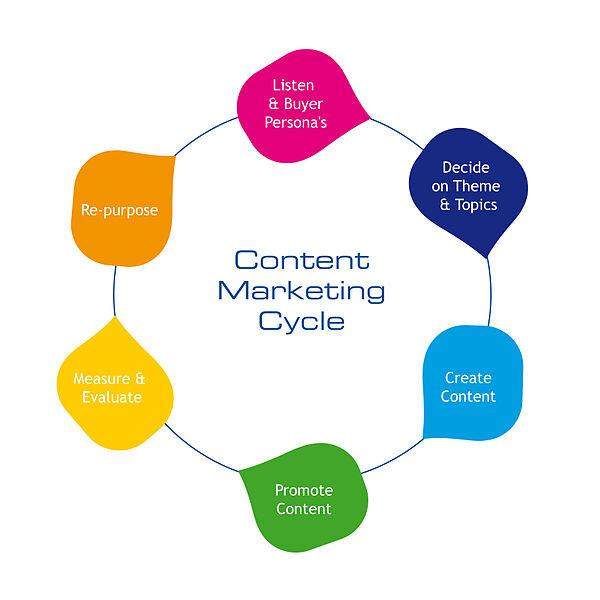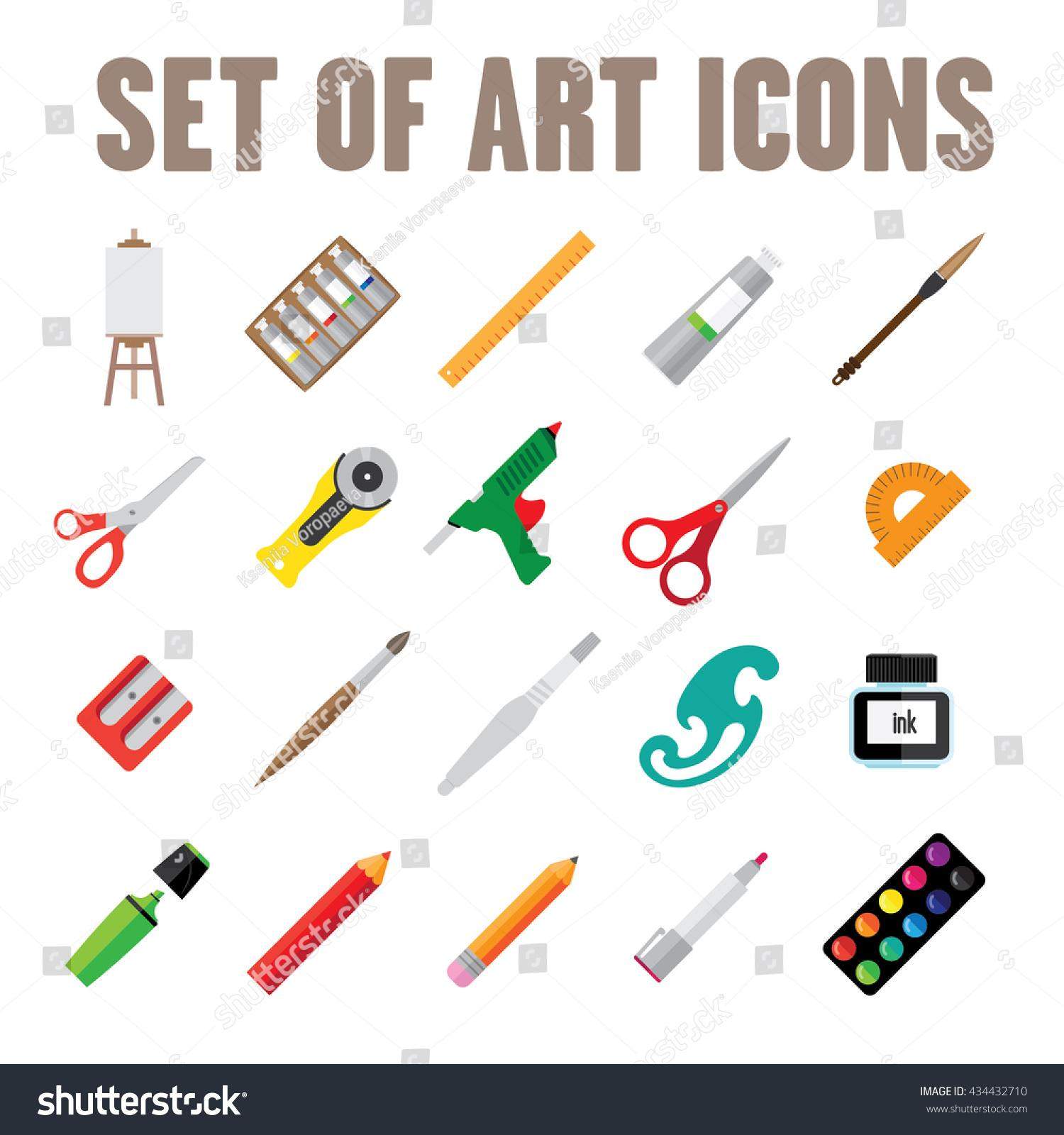In today’s digital landscape, where content reigns supreme, standing out in a sea of blogs, videos, and social media posts can feel like an uphill battle. Effective content marketing is not just about creating engaging pieces; it’s a strategic endeavor that requires a thoughtful approach to connect with audiences and tell compelling stories. Whether you’re a seasoned marketer or just starting out, understanding the core strategies for content marketing success is essential. In this listicle, we’ll explore four essential strategies that can elevate your content game—enhancing visibility, improving engagement, and driving meaningful conversions. Join us as we delve into these key tactics, providing you with actionable insights that promise to sharpen your marketing efforts and deliver impressive results. Get ready to transform your content marketing approach!
1) Define Your Audience: Understanding your target audience is the cornerstone of effective content marketing. Take the time to develop detailed buyer personas that outline their interests, pain points, and preferred platforms. This knowledge will guide your content creation and ensure it resonates with the right people, leading to higher engagement and conversion rates
To create compelling content that captivates your audience, begin by thoroughly understanding who they are. This involves crafting detailed buyer personas that provide insights into your audience’s demographics, interests, and online behaviors. Consider factors such as age, gender, location, and profession, but go deeper by exploring their pain points and motivations. Engage in discussions with existing customers, conduct surveys, or leverage social media analytics to gather comprehensive insights that reveal what truly resonates with your target audience.
Once you have a strong understanding of your audience, tailor your content strategy to align with their preferences. This means identifying which platforms they frequent and what types of content they engage with most—be it blogs, videos, or social media posts. Here’s a simplified table to help you visualize this alignment:
| Content Type | Preferred Platforms | Audience Example |
|---|---|---|
| Blog Posts | Websites, LinkedIn | Professionals seeking in-depth information |
| Videos | YouTube, Instagram | Visual learners and younger demographics |
| Podcasts | Spotify, Apple Podcasts | Busy individuals looking for on-the-go content |
By leveraging this targeted approach, you can ensure your content not only informs but also engages your audience effectively, paving the way for enhanced engagement and improved conversion rates.

2) Create High-Quality, Relevant Content: Quality trumps quantity in content marketing. Focus on producing informative and entertaining content that adds value to your audiences lives. Utilize a variety of formats such as blog posts, videos, infographics, and podcasts to keep your content fresh and engaging. The more valuable your content, the more likely it is to be shared and attract new visitors
In the crowded digital landscape, producing high-quality, relevant content is essential for capturing your audience’s attention. Rather than churning out numerous posts that lack depth, focus on crafting pieces that are both informative and entertaining. This means diving deep into topics that resonate with your audience, providing insights, tips, or unique perspectives that enhance their knowledge. Consider incorporating a mixture of formats to cater to different preferences, including:
- Blog Posts: In-depth articles that thoroughly explore subjects.
- Videos: Engaging visual content that can explain complex ideas succinctly.
- Infographics: Visually appealing ways to present data and statistics.
- Podcasts: Captivating discussions or interviews that listeners can enjoy on the go.
Each type of content serves a specific purpose and allows you to reach potential customers through various channels. When your content genuinely adds value to your audience’s lives, it increases the likelihood of sharing and engagement. This organic sharing not only amplifies your reach but also builds credibility for your brand. To illustrate the impact of quality over quantity, consider the following simple comparison:
| High-Quality Content | Low-Quality Content |
|---|---|
| Drives engagements and shares | Goes unnoticed |
| Enhances brand reputation | Can lead to negative perceptions |
| Fosters community and loyalty | Creates a disconnect with the audience |

3) Optimize for SEO: Search Engine Optimization is essential for increasing the visibility of your content. Conduct keyword research to determine what terms your audience is searching for, and strategically incorporate these keywords throughout your content. Additionally, ensure your content is easily accessible and linked to within your website to improve search rankings and drive organic traffic
In the vast ocean of online content, having a well-optimized site can mean the difference between being a drop in the bucket or making a splash. Start with keyword research to pinpoint the phrases and terms that resonate with your audience. You can utilize tools like Google Keyword Planner or SEMrush to find relevant keywords that align with your content strategy. Once identified, it’s important to seamlessly incorporate these keywords throughout your articles—this includes using them in headings, subheadings, and naturally within the body without compromising readability. This not only helps search engines understand your content but also enhances user experience.
Another crucial aspect of SEO is ensuring your content is easily accessible. Create a clean and organized site structure that allows for intuitive navigation. Utilizing internal links helps guide readers deeper into your site while also spreading link equity throughout your pages. To further bolster your SEO efforts, consider creating a table that showcases the keywords along with their search volumes and difficulty scores:
| Keyword | Search Volume | Difficulty |
|---|---|---|
| Content Marketing | 12,100 | 45 |
| SEO Strategies | 9,900 | 40 |
| Keyword Research Tools | 1,500 | 30 |
By maintaining an optimal internal linking system and incorporating strategic keywords, you’re not just enhancing your site’s SEO, you’re also crafting a more engaging experience for your audience. This dual approach increases the likelihood of drawing organic traffic while ensuring that your content remains relevant and easy to navigate.

4) Analyze and Adjust: Content marketing is an ongoing process that requires regular analysis and adaptation. Use analytics tools to track the performance of your content, from website traffic to social media shares. Pay attention to what works and what doesnt, and be prepared to adjust your strategy accordingly to maximize your impact and reach
Understanding your audience’s response to your content is crucial in a world brimming with distractions. By utilizing analytics tools, you can gain insights into various key performance indicators (KPIs), such as website traffic, bounce rates, and social media engagement. This data provides a roadmap to assess which topics resonate most with your audience. To streamline this process, consider monitoring metrics such as:
- Page Views: Gauge which pieces of content attract the most visits.
- Time on Page: Determine how long readers engage with your content before navigating away.
- Social Shares: Identify which posts are generating buzz across social media platforms.
- Conversion Rate: Analyze how well your content leads to desired actions, such as sign-ups or purchases.
Once you’ve harnessed the data, the next step is to adapt your strategy. Implementing changes based on analytics is pivotal for evolving your content marketing efforts. Regularly conduct A/B testing to discover which headlines or formats yield better results. It’s also wise to create a feedback loop to continually refine your content. Consider a simple table to track adjustments made and their outcomes over time:
| Content Type | Change Made | Result |
|---|---|---|
| Blog Post | Modified title for SEO | Increased traffic by 30% |
| Email Newsletter | Changed layout | Boosted open rates by 15% |
| Social Media Post | Added images | Doubled engagement |
By regularly analyzing performance and adapting accordingly, you create a feedback-driven approach that not only enhances your reach but also amplifies your impact in the crowded content landscape.
In Retrospect
As we wrap up our exploration of the four essential strategies for effective content marketing success, it’s clear that a thoughtful approach can transform your brand’s narrative and foster meaningful connections with your audience. By focusing on audience understanding, crafting compelling content, utilizing the right distribution channels, and analyzing performance metrics, you can create a content marketing ecosystem that not only resonates but also delivers tangible results.
Remember, the journey of content marketing is ongoing; it evolves with your audience’s needs and the ever-changing digital landscape. Embrace the challenges and celebrate the successes along the way. With these strategies as your foundation, you’re well-equipped to navigate the dynamic world of content marketing. Now, go ahead and implement these insights, and watch your brand stories unfold in ways that inspire, engage, and convert. Happy marketing!




